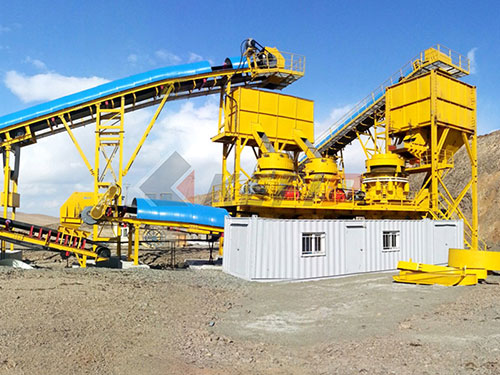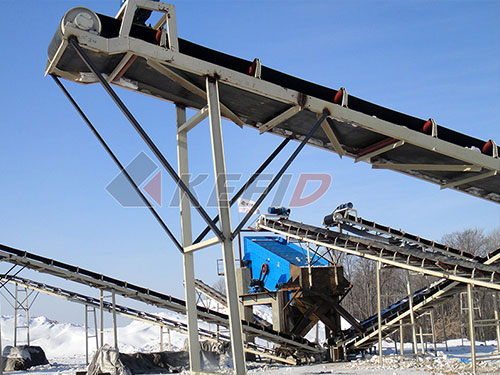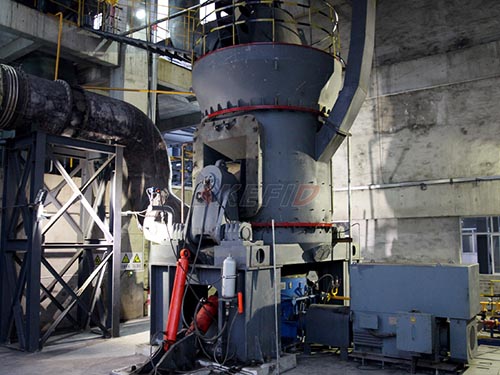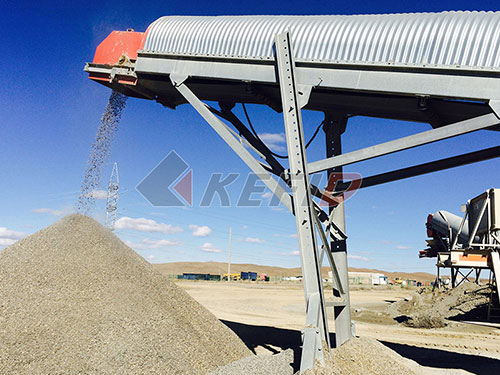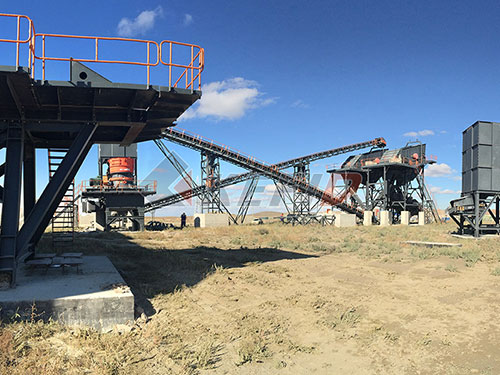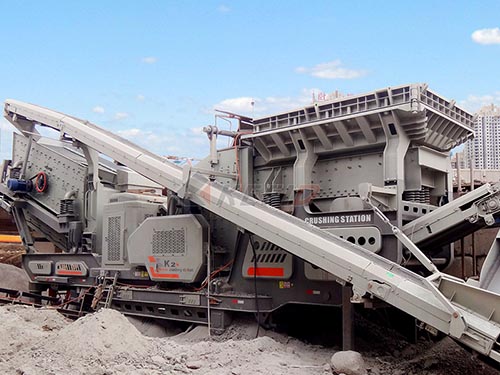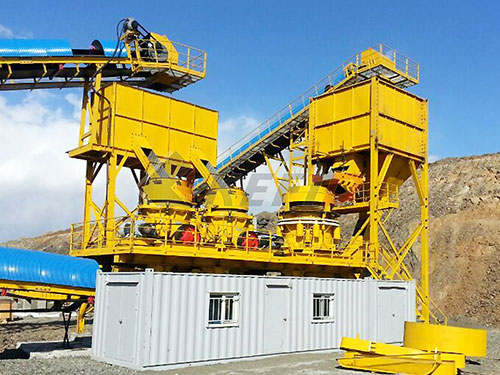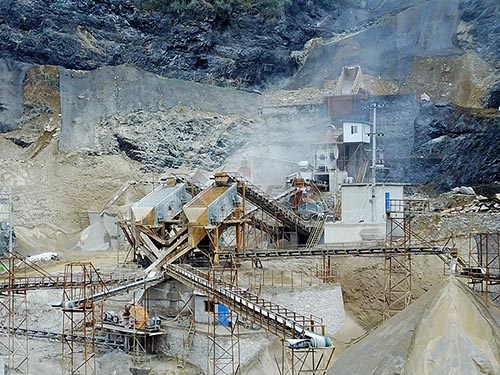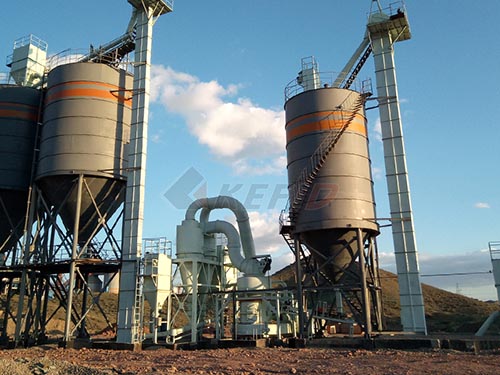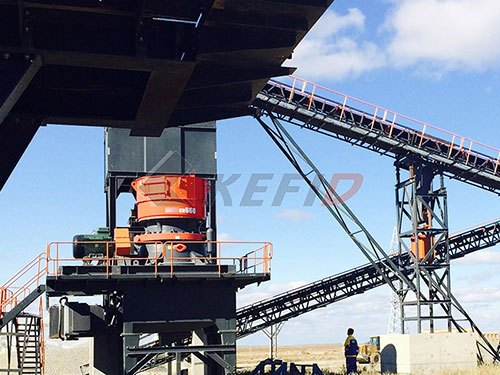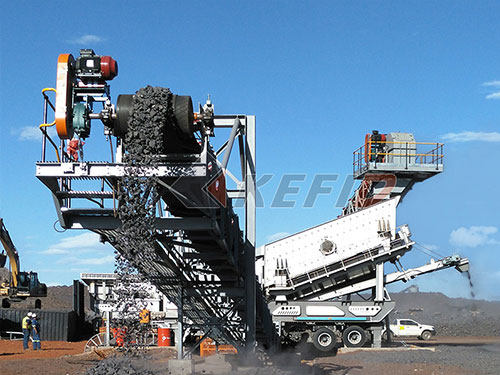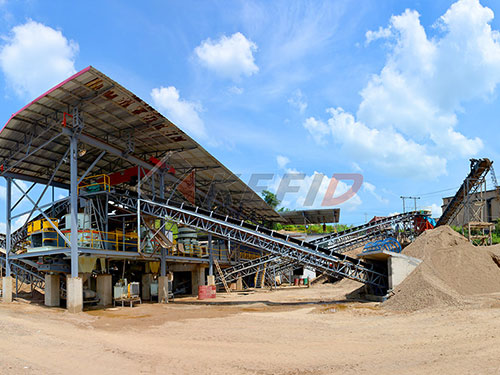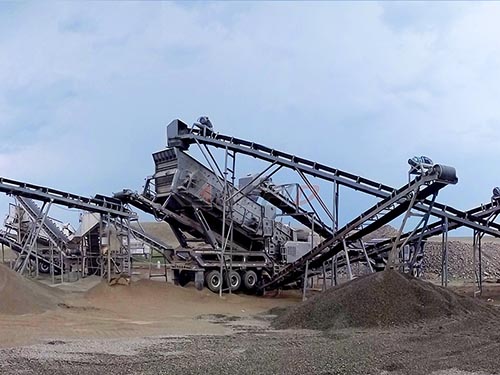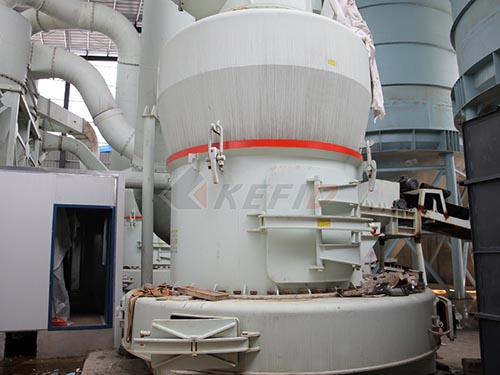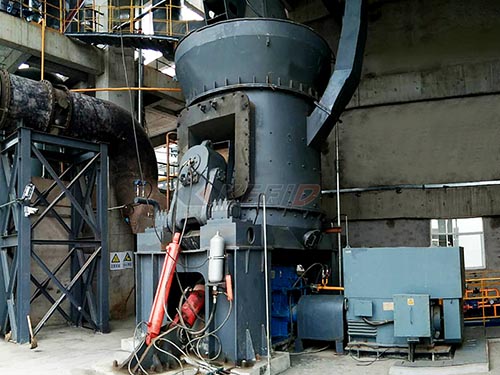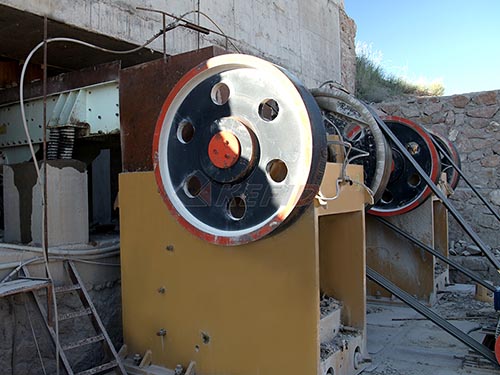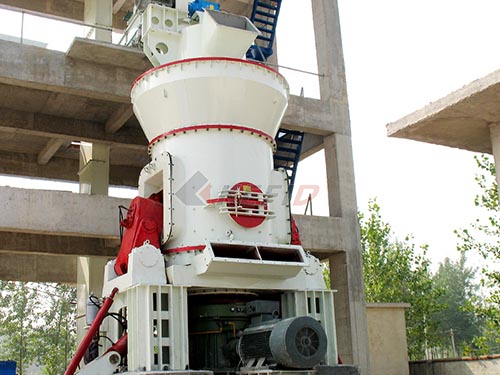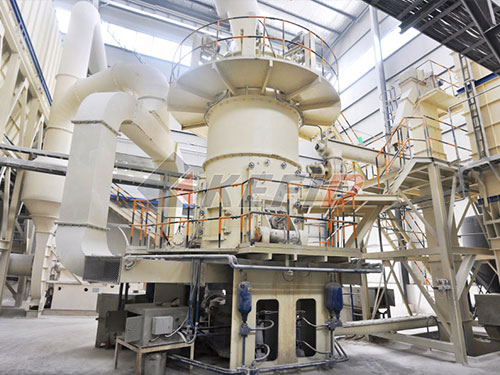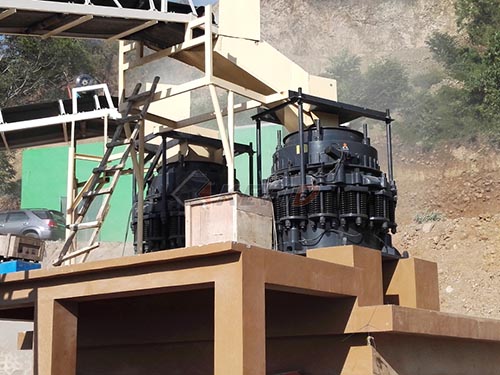Mastering the Art of the Hammer Lollipop: Your Essential Guide for Candy Crush in France
The satisfying crunch as a Hammer Lollipop shatters a stubborn blocker is pure Candy Crush bliss. Known as Sucettes Marteau within the vibrant French player community, this iconic booster is a lifeline when you’re facing those infuriatingly resilient chocolate squares, pesky licorice swirls, or that one last jelly tucked behind layers of marmalade. For players navigating the colourful chaos of Candy Crush Saga specifically within the French region (whether playing on iOS, Android, or Facebook), acquiring these precious tools requires strategy and local know-how.
This comprehensive guide dives deep into all proven methods to secure your Sucettes Marteau supply, tailored for the French gaming experience.
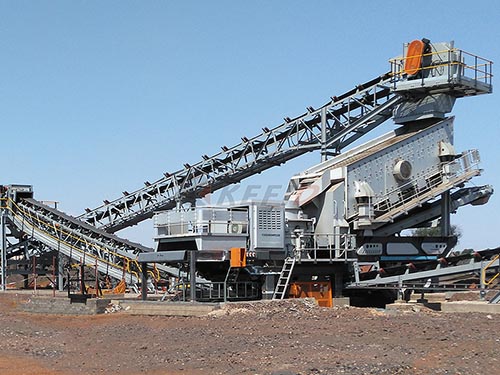
Understanding the Sucette Marteau: Your Strategic Hammer
Before plotting acquisition, grasp its power:
Single-Target Destruction: Tap any single candy or non-movable blocker (like a chocolate square, bubble gum bubble, liquorice lock, or even one layer of icing) to obliterate it instantly.
Strategic Precision: Its beauty lies in control – target exactly what’s blocking your path to victory without relying on random cascades.
Game Changer: Often crucial for passing levels with complex blocker configurations or tight moves/clocks.
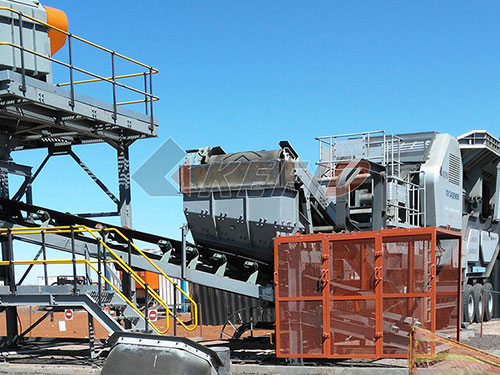
Method 1: Progressing Through the Sweet Journey (Level Rewards)
The most reliable long-term source is simply playing! King rewards dedication:
Map Completion Bonuses: Finishing entire episodes (groups of levels) often grants boosters like Sucettes Marteau as completion rewards. Check the reward preview before starting an episode!
Specific Level Milestones: Certain challenging levels offer Sucettes Marteau directly upon victory.
Treasure Chests: Landing on special spaces during events like Sweet Surprise or Treasure Hunt frequently yields boosters upon opening chests earned through level wins.
Daily Wheel & Spin Boosters: The daily free spin and occasional Spin Booster wheels frequently land on Hammer Lollipops.
Pro Tip for French Players: Pay close attention during major seasonal events like “Fête de la Musique” or “Tour de France”-themed promotions in summer. King France often integrates unique reward tracks where consistent play yields significant booster bundles.
Method 2: Strategic Purchases with Gold Bars
Gold Bars (Lingots d’Or
